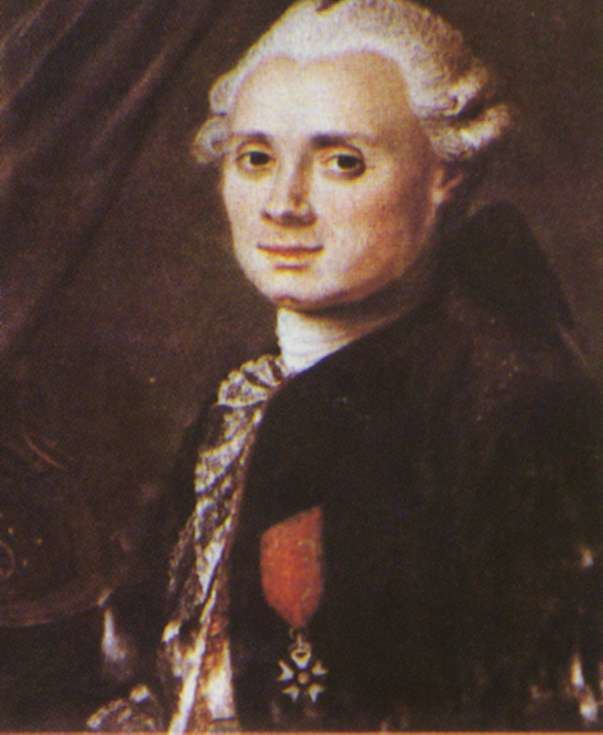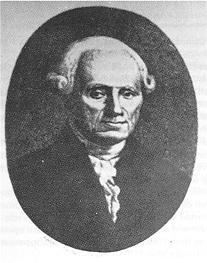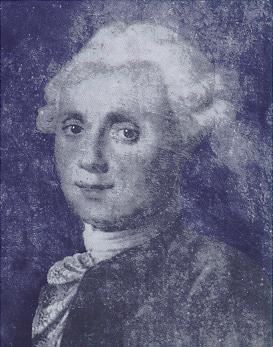Name Charles Messier Citizenship French Role Astronomer | Nationality French Children Antoine-Charles Messier | |
 | ||
Notable awards Cross of the Legion of Honor Spouse Marie-Francoise de Vermauchampt (m. 1770–1772) Discovered C/1798 G1, C/1773 T1, C/1780 U2, C/1785 A1 Parents Francoise Grandblaise, Nicolas Messier | ||
Charles messier the catalog of space david rives
Charles Messier ([me.sje]; 26 June 1730 – 12 April 1817) was a French astronomer most notable for publishing an astronomical catalogue consisting of nebulae and star clusters that came to be known as the 110 "Messier objects". The purpose of the catalogue was to help astronomical observers, in particular comet hunters such as himself, distinguish between permanent and transient visually diffuse objects in the sky.
Contents
- Charles messier the catalog of space david rives
- Complete list of charles messier catalog objects
- Biography
- The Messier catalogue
- Legacy
- References

Complete list of charles messier catalog objects
Biography

Messier was born in Badonviller in the Lorraine region of France, being the tenth of twelve children of Françoise B. Grandblaise and Nicolas Messier, a Court usher. Six of his brothers and sisters died while young and in 1741, his father died. Charles' interest in astronomy was stimulated by the appearance of the spectacular, great six-tailed comet in 1744 and by an annular solar eclipse visible from his hometown on 25 July 1748.

In 1751 he entered the employ of Joseph Nicolas Delisle, the astronomer of the French Navy, who instructed him to keep careful records of his observations. Messier's first documented observation was that of the Mercury transit of 6 May 1753.

In 1764, he was made a fellow of the Royal Society, in 1769, he was elected a foreign member of the Royal Swedish Academy of Sciences, and on 30 June 1770, he was elected to the French Academy of Sciences.

Messier discovered 13 comets :
Near the end of his life, Messier self-published a booklet connecting the great comet of 1769 to the birth of Napoleon, who was in power at the time of publishing. According to Meyer:
As hard as it may seem to accept, the memoir is an ingratiation to Napoleon in order to receive attention and monetary support. It is full of servility and opportunism. Messier did not even refrain from utilizing astrology to reach his goal. Messier comes quickly to the point on the first page of the memoir, by stating that the beginning of the epoch of Napoleon the Great ... coincides with the discovery of one of the greatest comets ever observed.
Messier is buried in Père Lachaise Cemetery, Paris, in Section 11. The grave is fairly plain and faintly inscribed, and while it is not on most maps of the cemetery, it can be found near the grave of Frédéric Chopin, slightly to the west and directly north, and behind the small mausoleum of the jeweller Abraham-Louis Breguet.
The Messier catalogue
Messier's occupation as a comet hunter led him to continually come across fixed diffuse objects in the night sky which could be mistaken for comets. He compiled a list of them, in collaboration with his friend and assistant Pierre Méchain (who may have found at least 20 of the objects), to avoid wasting time sorting them out from the comets they were looking for. The entries are now known to be galaxies (39), planetary nebulae (5), other types of nebulae (7), and star clusters (55).
Messier did his observing with a 100 mm (four inch) refracting telescope from Hôtel de Cluny (now the Musée national du Moyen Âge), in downtown Paris, France. The list he compiled contains only objects found in the area of the sky he could observe, from the north celestial pole to a declination of about −35.7°. They are not organized scientifically by object type, or even by location. The first version of Messier's catalogue contained 45 objects and was published in 1774 in the journal of the French Academy of Sciences in Paris. In addition to his own discoveries, this version included objects previously observed by other astronomers, with only 17 of the 45 objects being Messier’s. By 1780 the catalog had increased to 80 objects.
The final version of the catalogue was published in 1781, in the 1784 issue of Connaissance des Temps. The final list of Messier objects had grown to 103. On several occasions between 1921 and 1966, astronomers and historians discovered evidence of another seven objects that were observed either by Messier or by Méchain, shortly after the final version was published. These seven objects, M104 through M110, are accepted by astronomers as "official" Messier objects.
The objects' Messier designations, from M1 to M110, are still used by professional and amateur astronomers today and their relative brightness makes them popular objects in the amateur astronomical community.
Legacy
The crater Messier on the Moon and the asteroid 7359 Messier were named in his honor.
